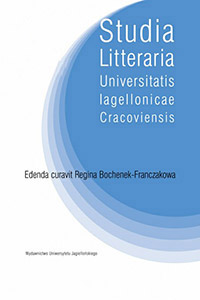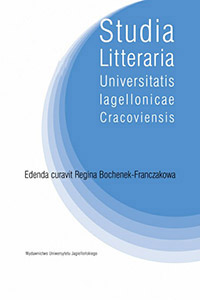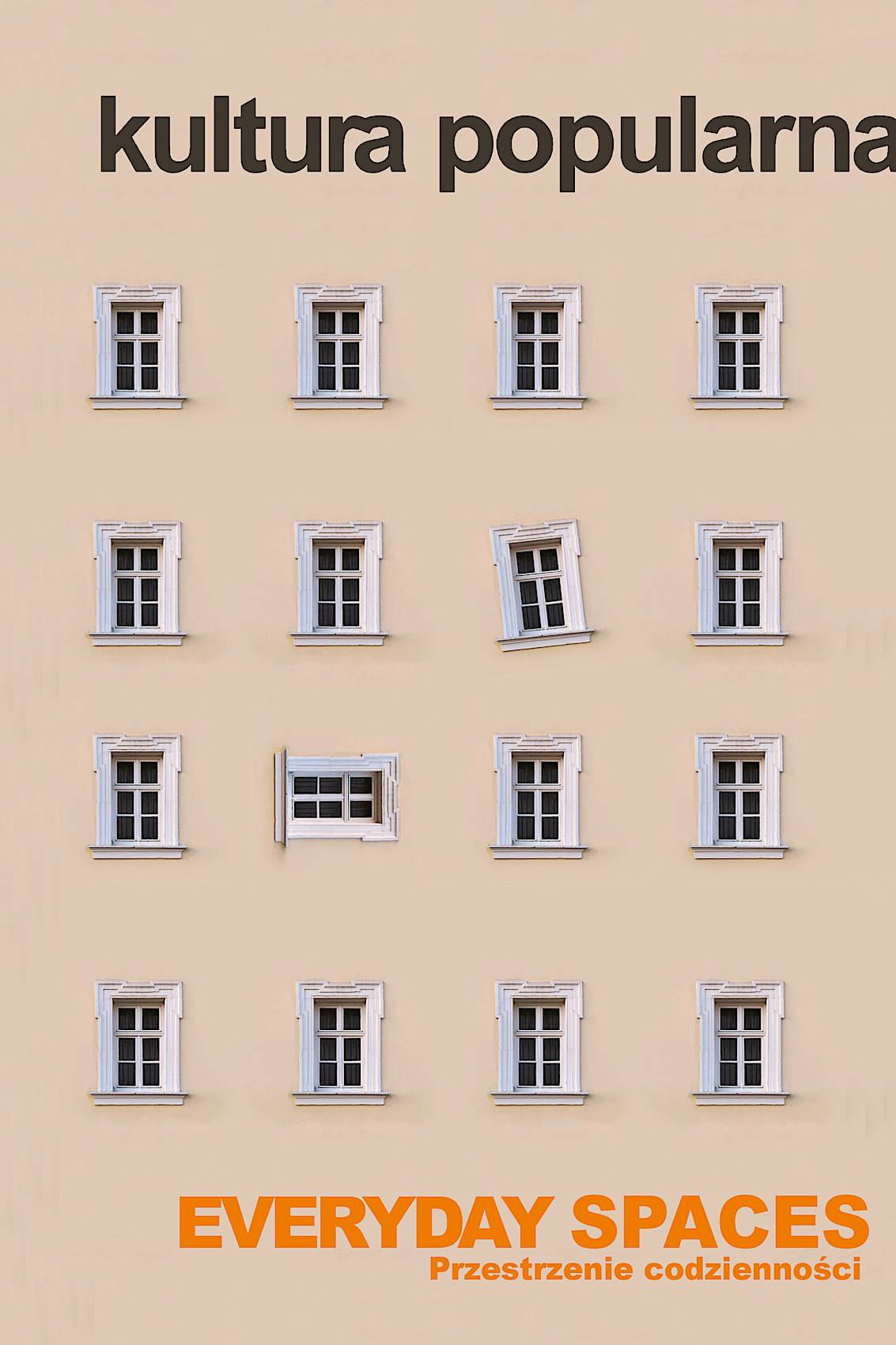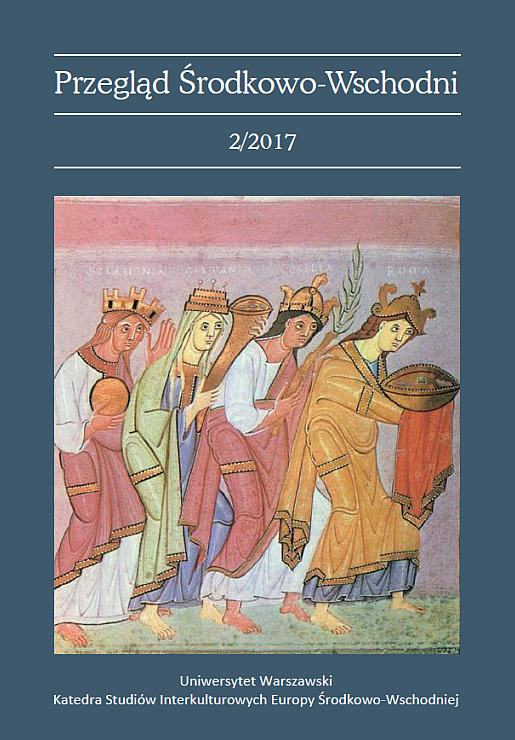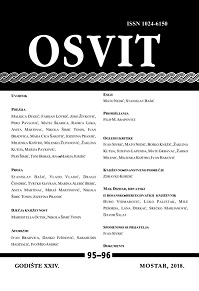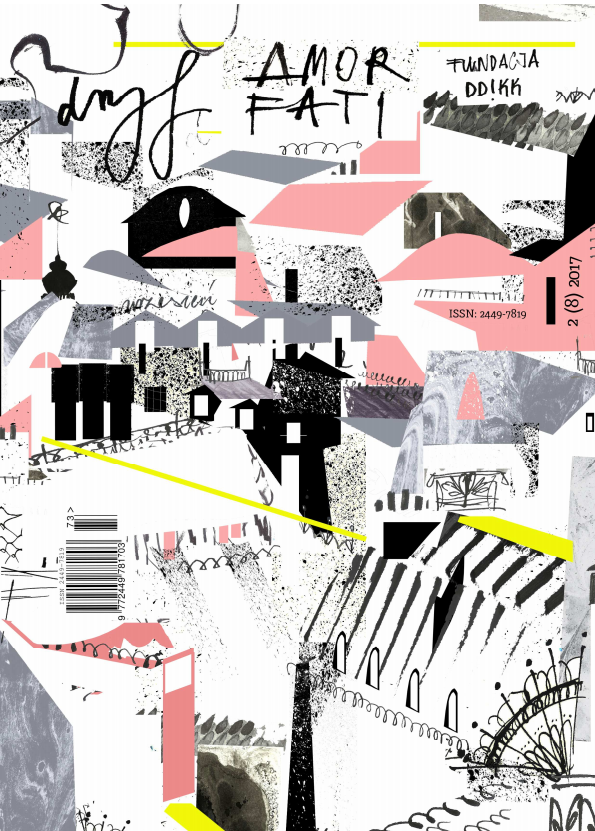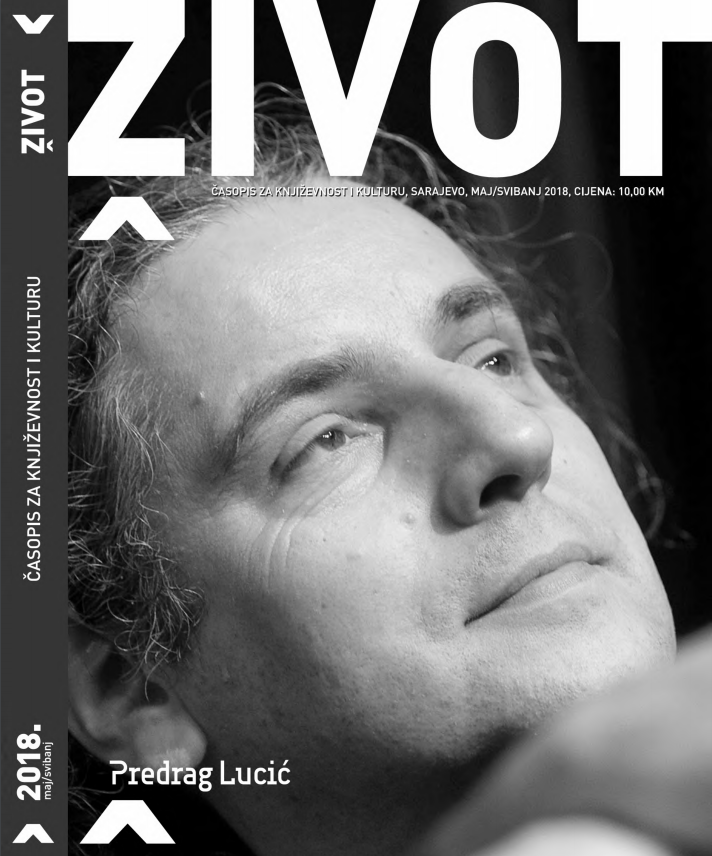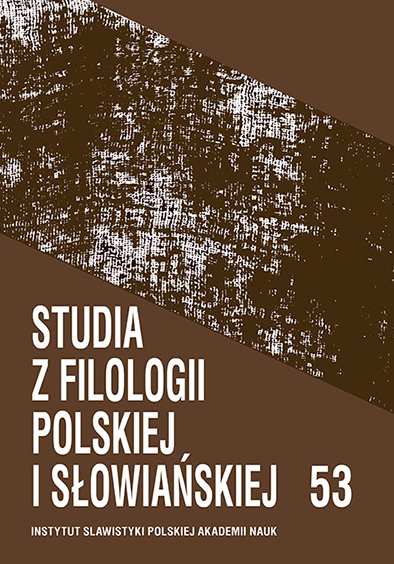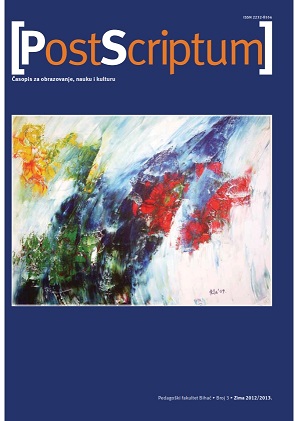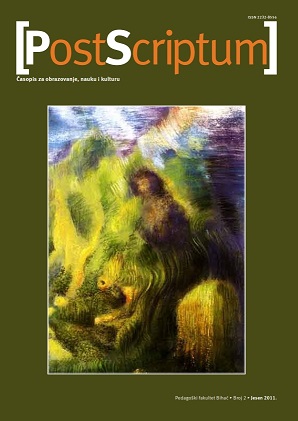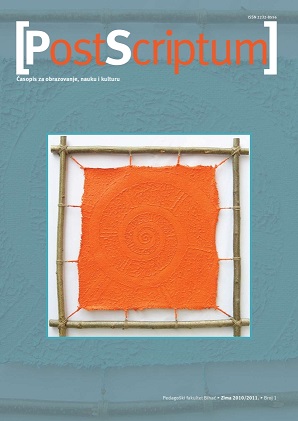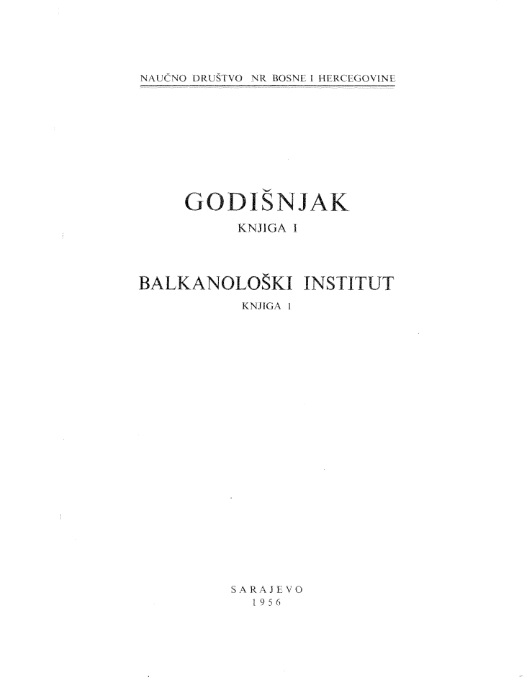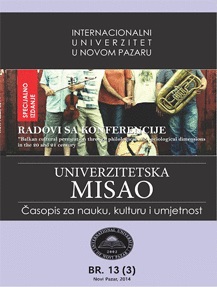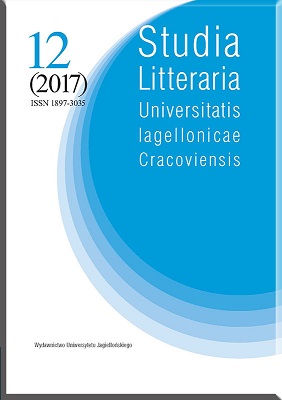
Les désorientés maaloufiens entre la terre natale et les terres d’exil
“A stranger, always a stranger, unavoidably, in the land of my birth as well as in the land of exile”, said the protagonist of Amin Maalouf’s latest novel The Disoriented, weaved around the recurring Maalouf’s topics such as exile and identity. With an image of an ambassador of migrants, the author examines the relationship between those who left their country because of war, and those who stayed, loyal to their native land but faced with tough choices. This article first tackles the attitude of the French writer towards various notions of the exile concept, and then it sets out some paths of reflection concerning real or supposed affiliations of this novel’s characters trapped between different realities of a multi-ethnic state in which various advocates of tribal views of identity confront each other. Are those who have lost their Orient really “disoriented”? What is the impact of the native affi liation on the identity construction? Who is more “Levantine” in The Disoriented: those who have stayed and replaced their cosmopolitan visions with a narrow affiliation or those who have left in order to live elsewhere taking with them the substratum of a plural identity open for the universal?
More...
